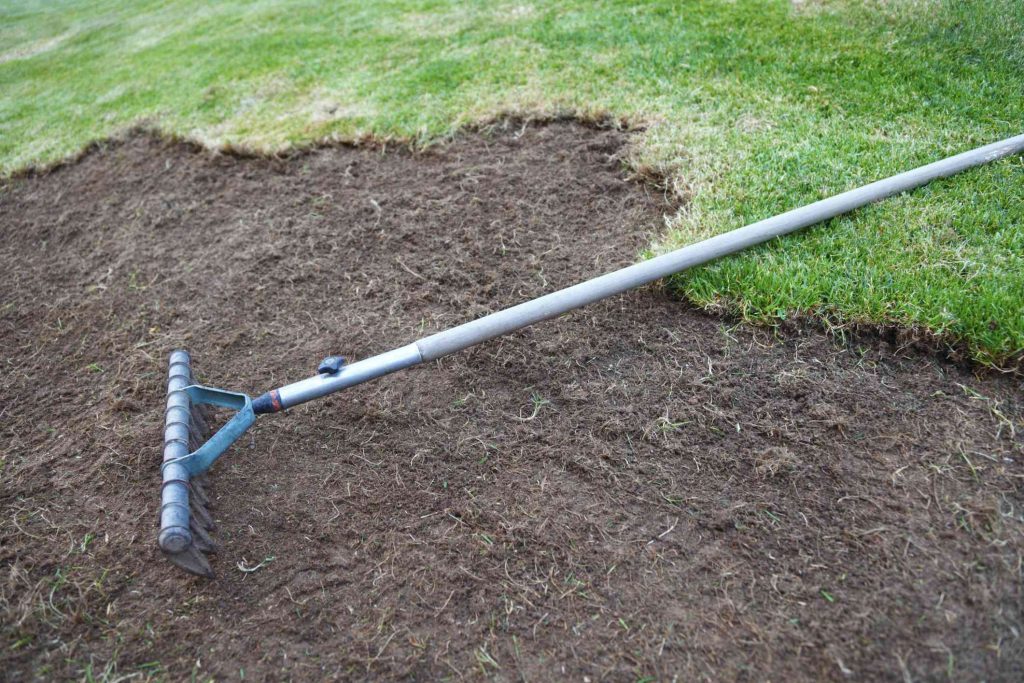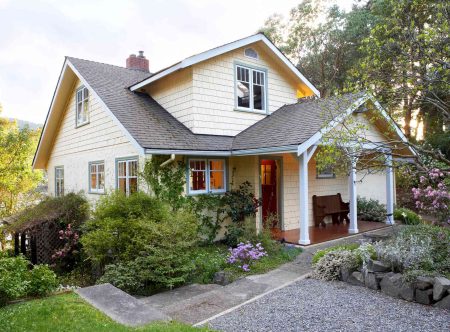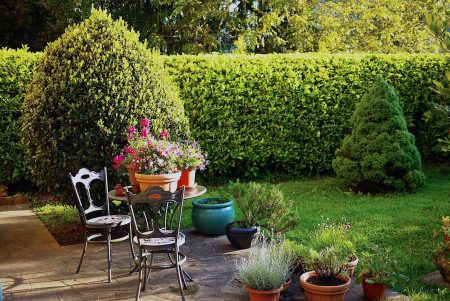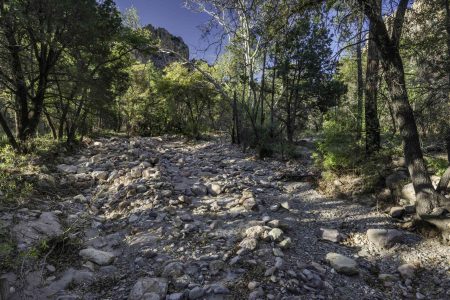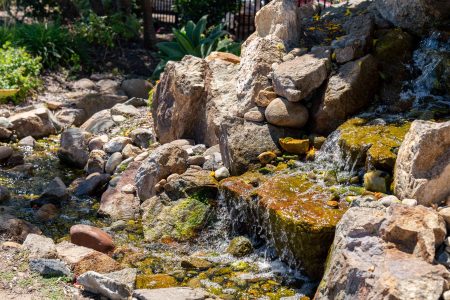Most backyards don’t start out with a perfect, smooth, carpet of turf grass. High traffic, frost heaving, animals, and encroaching weeds can also damage existing turf and create sunken spots in your yard. Depending on the severity of dips, swales, and low spots, achieving the ideal, level lawn may take a bit of patience and physical labor.
But, this is a project that doesn’t need to be difficult or expensive. With a few common tools and the right soil mix, you can repair low spots and return your backyard to a lush, level surface for outdoor enjoyment and easier maintenance.
Benefits of Leveling Your Lawn
Leveling your lawn does much more than give your property an aesthetically pleasing appearance. Here are some other benefits you’ll enjoy when you complete this project.
- improved drainage
- easier mowing accomplished in less time
- safer playing surfaces for games and outdoor activities
- reduced potential for accidents due to tripping or falling
- improved overall health and appearance of turf
When to Level Your Lawn
Level lawns with warm-season grass in spring after grass begins actively growing. Cool-season lawns are best leveled in late summer and early autumn. Leveling when the ground is dry is not as physically taxing and is less messy.
Before Getting Started
Mow the lawn short but avoid scalping down to the stems. You want to maintain grass already growing in areas to be leveled. Scalping, or mowing too short will cause it, along with any new seed, to dry out and struggle.
Check your targeted areas for thatch buildup. If soil is severely compacted, use a hard rake or dethatching tool to loosen it.
What You’ll Need
Equipment / Tools
- bow rake
- push broom
- markers or stakes
- hose
- garden spade or edger
- wheelbarrow (if needed)
- mallet
Materials
- sand
- topsoil
- compost
- grass seed
- gloves
Instructions
Level Your Lawn in 6 Easy Steps
-
Mark Areas to be Leveled
- Set stakes at the perimeter corners of areas to be leveled.
- Allow six inches to a foot on each side to help you determine how much fill you need.
-
Prepare Fill Material
- Evaluate existing soil for composition.
- Choose one of three options for fill material: sand; a topsoil and compost mix; or a sand, topsoil, and compost mix.
- For big repair jobs, use your wheelbarrow to mix materials.
-
Remove Existing Grass
- Using the garden spade or edger dig straight down two to three inches to cut out existing grass. This is a sufficient depth to capture the roots.
- Set the grass aside.
-
Add Soil Mix
- Fill the hole or depression with your soil mix.
- Use the back of a hard rake to smooth the area.
- Place the grass you removed back on top.
- Spread grass seed on any bare spots not covered by replaced grass.
-
Apply a Top Dressing
- Add 1/2 inch or less of your soil mix as a top dressing to the repaired area. Too much top dressing can suffocate the roots of the existing grass and prevent seeds from germinating.
- Use the push groom to agitate the mix down to soil level by lightly brushing back and forth across the replaced grass.
- Don’t brush areas with new seeds. Just cover with a thin topdressing. Grass seed requires light to germinate.
- Repeat this step if the depression persists but only after the grass begins to grow. Depending on the severity, several applications of top dressing may be needed to achieve the level.
-
Water
Use a hose with a gentle spray attachment or a sprinkler to water the leveled area well.
-
Can I level my backyard myself?
Sunken spots, holes, or shallow depressions are easy to repair yourself. Large areas or lawns with extensive damage may require labor, materials, and equipment supplied by a contractor.
-
How much does it cost to level a sloped backyard?
Costs include material, equipment, and labor and average from $50 to $150 per hour. Determining factors include your geographical location, the severity of the job, and the contractor. A small job can run to $800, while a more complex job can range up to $5,500.
-
What’s the difference between leveling and grading a yard?
Grading diverts water, moisture, and soil buildup around buildings and other structures and creates a gentle slope. Leveling a yard creates a smooth area by filling in low spots and holes in the turf.
-
What equipment do I need to level my backyard?
Small repairs can be accomplished with a lawnmower, hard rake, garden spade or edger, and push broom. Larger jobs may require a rototiller.
Read the full article here



